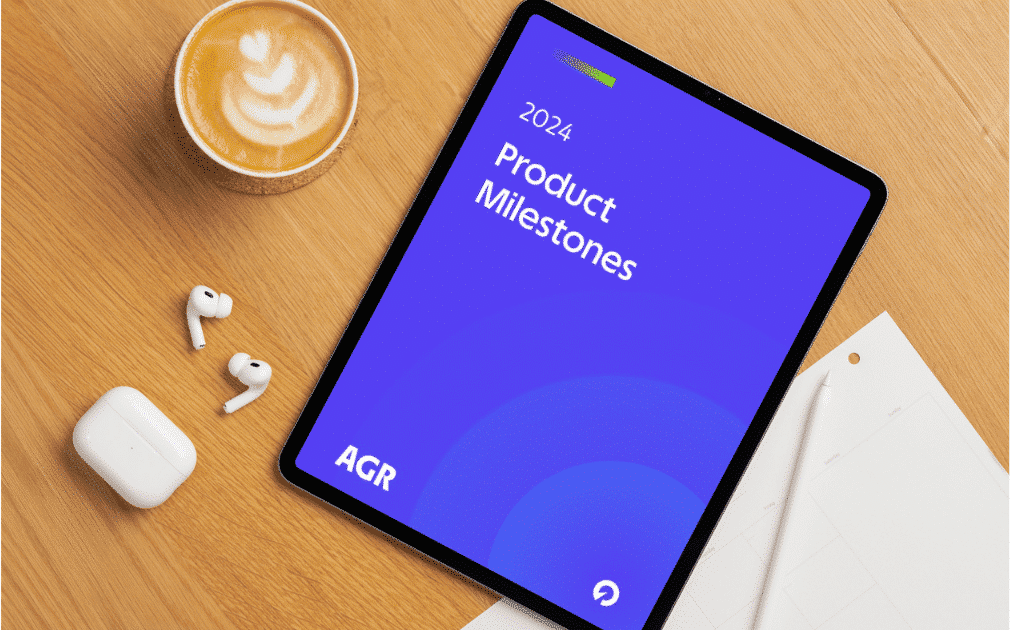You can’t have a well-managed inventory without effective stock replenishment. To order the right stock, at the right time, in the right quantity, you need to track inventory levels, place accurate orders with suppliers, and ensure efficient delivery. Amid increasingly complex global supply chains, multiplying sales channels, and rising customer expectations for speedy deliveries, this couldn’t be more important.
Fail to get inventory replenishment right and you face rising stock costs. Stockouts lose you sales, overstock sucks up cash flow and raises storage charges, and you’ll need to sell any dead stock at a big discount, or worse, write it off as obsolete. At the same time, optimised inventory replenishment will help you save money and improve customer satisfaction, while also strengthening your relationship with suppliers.
So, how can you handle and execute replenishment orders efficiently and effectively? Here’s our advice for streamlining the entire supplier ordering process from initiation to fulfilment.
Four stock replenishment strategies
The right inventory replenishment strategy for your business will depend on a wide range of factors, like the types of products you sell and the pattern of demand from your customers. That said, there are four main strategies to consider:
- Periodic replenishment: Here, you review and restock inventory only at fixed intervals, such as every quarter. Don’t consider this approach unless you stock products that see very steady demand, as a sudden spike in order volume can leave you facing stockouts.
- On-demand replenishment: This simple approach replenishes stock based on actual customer demand, letting you minimise holding costs and maintain a lean inventory.
- Reorder point replenishment: This method sets a predefined stock level for each product, triggering an order when inventory falls to this point. It ensures a consistent stock level and is ideal for products with predictable demand. By placing smaller, more frequent vendor orders, you can free up cash flow.
- Top-off replenishment: This is a good strategy if you stock fast moving items or experience high seasonal demand. Replenishing your inventory to maximum capacity during slower periods ensures readiness for demand spikes.
Best practices to streamline replenishment
Once you’ve chosen your inventory replenishment approach, it’s time to optimise the vendor ordering process. Here are five best practices we recommend:
- Enable more accurate demand forecasts: This is the cornerstone of excellent inventory management. To get up and running quickly, use last year’s data overlaid with your knowledge of upcoming sales to forecast future demand, then continuously assess your performance to improve supplier order accuracy as you go.
- Drive cross-functional collaboration: Accurate and efficient inventory replenishment demands that your teams share what they know. For instance, if your sales team is planning a product promotion that could affect supplier orders, they need to tell the purchasing team.
- Prioritise what to restock: You can use simple approaches like ABC analysis to categorise inventory items based on their importance, calculated by one or more metrics. This lets you focus attention on the most crucial products when it comes to replenishment.
- Accelerate manual order creation: Develop Excel templates to streamline the vendor ordering process. This can reduce both the time and errors associated with manual data entry.
- Assess supplier performance: Keep an eye on factors like delivery times to ensure more reliable inventory replenishment and to catch any supplier issues early.
How to optimise replenishment costs
First, you need to be able to see what you have. With a robust approach to inventory optimisation, you’ll be in a strong position to place right-sized replenishment orders with suppliers. You can also effectively balance the cost of holding stock — for instance, in terms of storage fees and cash flow — with the risk of missed sales and unhappy customers when armed with up-to-date inventory data.
The second step in optimising replenishment costs is negotiating the right price from suppliers. Inventory visibility and accurate demand forecasting can help. With a clear outline of what you need to order over the coming months, you can negotiate with suppliers for better prices. You can also check that a supplier can meet your requirements to ensure more reliable replenishment.
Other ways to optimise replenishment include:
- ensuring timely placement of orders based on supplier lead times,
- meeting supplier minimum order quantities,
- benefitting from bulk order discounts or rebates,
- minimising shipping costs by, for example, filling whole containers or avoiding the need for expedited delivery.
Consider expanded capabilities
Is your team spending lots of time managing a tangle of spreadsheets? Do you have poor visibility for forward planning? Are you worried about losing the knowledge of key people? If so, it’s time to consider moving to modern inventory management software that can help you spend less time crunching data and more time acting on it. Some key benefits include:
- Up-to-date inventory data: Unlike spreadsheets that are time-consuming to update and prone to errors, modern inventory management software can seamlessly combine data from across your business every night to optimise stock levels and replenishment orders.
- Automatic order creation: Free your team from manual data entry and let them work on higher-value tasks, while also eliminating the risk of errors like forgotten or tardy replenishment orders.
- Automatic replenishment alerts: See and rapidly respond to issues like low stock levels.
We can help!
Fast to implement, easy-to-use and highly scalable, our cloud-based inventory management software has everything you need to eliminate waste and grow sustainably. Our extremely flexible and configurable software-as-a-service (SaaS) lets you access visibility across your business, combining data from multiple sources for better planning and decision making. We enable a wide range of powerful capabilities that can help you automate and optimise your replenishment process, such as:
- Accurate statistical forecasting: With 20 forecasting algorithms, we can find the most accurate model to predict demand and right-size your replenishment orders. Our ability to generate automatic order forecasts for the coming year also puts you in a strong position to negotiate with suppliers for better prices.
- Flexible order exceptions: Spot any anomalies in your order proposals. With eight standard exceptions, you can quickly focus on areas that need special attention.
- Automatic order constraints: Save time and money by abandoning manual planning processes and letting us automatically calculate the right order quantity from each vendor to cover demand for a set period. We can also intelligently increase order quantity while keeping the right ratios of items to meet key constraints like minimum order values.
We ensure every customer has a dedicated success manager to get the most out of our cutting-edge capabilities in one risk-free subscription. We don’t just support you through onboarding, we offer long-term guidance to help you reach your inventory management goals.
Learn more about how we can help or book a personalised demo.



